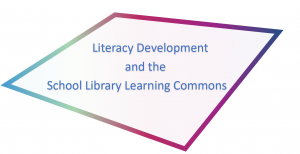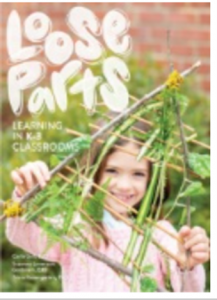
“…People read more when they read on mobile devices, that they enjoy reading more, and that people commonly read books and stories to children from mobile devices… mobile reading represents a promising, if still underutilized pathway to text.” (Victoria Okojie, 2020)
→Conclusions drawn from the results of a UNESCO, Nokia, & Worldreader survey conducted in Ethiopia, Ghana, India, Kenya, Nigeria, Pakistan, and Zimbabwe.
The focus for today’s blog post is to answer the question, “How can mobile services help libraries, both in developed and developing nations?”
In 2023, mobile services encompass a vast space filled with applications, software, hardware, and infrastructure. In the world of libraries, public or school, Oluwatoyin Obinyan (Obinyan, 2020) lists Library-Based Mobile Services as:

The array of services is much easier to digest when arranged within a visual poster. I created this poster on Canva, and the visuals showcase the remarkable services that can be accessed virtually on a mobile device. The accessibility provided for those who are not able to physically visit a Library Learning Commons is vital.
Mobile devices that are available in today’s market to access the virtual world are, but not limited to: e-Readers, smartphones, mobile phones, laptops, tablets, iPads, iPods, and Mp3 players to list a few.
The advantages of Mobile Technology in library services, as listed by Obinyan are that they provide:
- User-friendly aid
- Personalized service
- ability to access information seamlessly
- immediate feedback is possible from the user’s side
- time saving
- user participation
- location awareness
- limitless access
- access to print-disabled users (Obinyan, 2020).
However, there remains some hurdles in terms of accessibility for all, which upon further investigation, were brought to light.
When I began researching this topic, I focused more on ICT initiatives in developing countries. There’s just one problem, these countries tend to remain as “developing” due to several factors such as poverty, corruption, lack of fair and democratic government, and cultural ideologies that often keep knowledge, and the common man and woman as separate entities. Poverty and governmental structures can inhibit the development of infrastructure needed to support quick and accessible internet and wi-fi connectivity to the world wide web. Thus, access is available, but not equally distributed amongst all citizens.
Challenges to the accessibility of the mobile digital tools and the internet facilities needed to operate them abounded almost everywhere, but so did determined librarians and grassroots organizations who stayed true to their vision of inclusivity and accessibility for all people.
Programs are being undertaken in Nigerian libraries that promote use of mobile devices to access digital records, but in public educational institutions, progress is slow due to the lack of necessary telecommunication infrastructure and high costs (Victoria Okojie, 2020). This is a country whose populace owns and utilizes multiple forms of mobile devices. As of 2015, Nigeria ranked 7th in the world for mobile phone users (Victoria Okojie, 2020). Today’s smartphone is a mobile computer that can support multiple applications (apps) provided it has data, and/or connectivity to the internet. Nigerian science students who attended a private university were able to utilize their smartphones to access educational applications but cited that challenges did arise due to poor internet connectivity and the high cost of data subscription (Victoria Okojie, 2020).
Mobile digital libraries can be created and accessed on these devices and have opened access to a world of texts that patrons may never had access to if waiting for the physical copies. Fails and Druin illuminated the fact that the shipping of books to various parts of the world have become increasingly expensive and difficult to manage. Struggling economies have cut services and acquisitions of new materials (Jerry Alan Fails, 2009). Libraries and publishers have had to be innovative if they want their material to get into the hands of patrons.
Alas, there are still many areas of the global community that struggle to have access to fundamental human rights such as public education and community libraries. Grassroots organizations are working hard to dissolve these barriers. A poignant example comes from Afghanistan. According to the statistics provided by UNESCO, attendance at primary and secondary schools, and the completion of the programs continues to be low, and literacy rates among girls and women remain at 8% (yes, that’s right, 8 %!!!) (UNESCO Institute for Lifelong Learning, 2016, updated 2017).
Watch the short video below created by Book Cottage, New York on their efforts to create a reading culture among young children in remote areas of Afghanistan and in the city of Kabul. This organization focuses on getting printed text into the hands of children as many of them do not own or have ready access to the hardware needed for digitized resources.
(Book Cottage, 2013)
The political climate creates unbalanced access to the digital world for many of its citizens. However, organizations such as Canadian Women for Women in Afghanistan are working to change this by raising awareness, fundraising, and training Afghani women in Librarianship. The Afghanistan Center at Kabul University is working tirelessly to digitize their collections of primary documents in order to increase accessibility for their patrons. Other grassroots organizations such as Pen Path and Dehkada Library use social media platforms such as Facebook to post their efforts on providing Afghani citizens in remote areas access to stationery and literature.
I still hold onto the ideal that we are all part of one global family, and with patience, vision, and determination, one day we will just be known as the evolving nation where all are safe, free, and know that our voices matter.
Until next time…
Works Cited
Book Cottage. (2013). Funding for Book Cottage: Promote Reading Culture in Afghanistan. New York, New York, USA.
Jerry Alan Fails, A. D. (2009). A Child’s Mobile Digital Library . Mobile Technology for Children: Designing for Interaction and Learning. (A. Druin, Ed.) Morgan Kaufman. Doi: HTTPs://doi.org/10.1016/B978-0-12-374900-0.X0001-4
Obinyan, O. O. (2020). Application of Mobile Technologies in Library Service Delivery. Handbook of Research on Digital Devices for Inclusivity and Engagement in Libraries. (A. Tella, Ed.) Hershey, PA, USA: IGI Global. Doi: HTTPs://doi.org/10.4018/978-1-5225-9034-7
UNESCO Institute for Lifelong Learning. (2016, updated 2017, February 26). Enhancement of Literacy in Afghanistan. Afghanistan. (U. Hanemann, Ed.) Retrieved June 10, 2023, from https;//uil.unesco.org/case-study/effective-practices-database-litbase-0/enhancement-literacy-afghanistan-afghanistan
Victoria Okojie, F. O. (2020). Opportunities and Challenges of E-Book Readers and Mobile Devices in Libraries: Experiences from Nigeria. Handbook of Research on Digital Devices for Inclusivity and Engagement in Libraries. (A. Tella, Ed.) Hershey, PA, USA: IGI Global. Doi: HTTPs://doi.org/10.4018/978-1-5225-9034-7



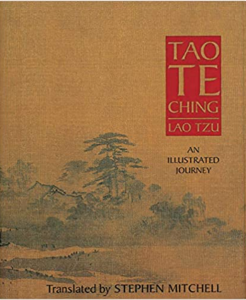 written by Lao Tzu well over 2500 years ago.
written by Lao Tzu well over 2500 years ago.




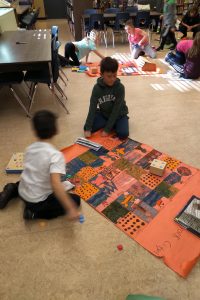

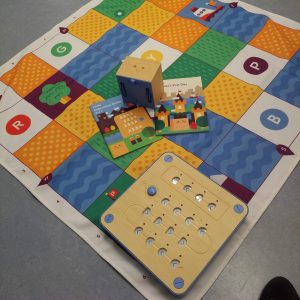
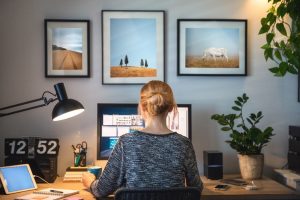 (Bing, 2023).
(Bing, 2023).





